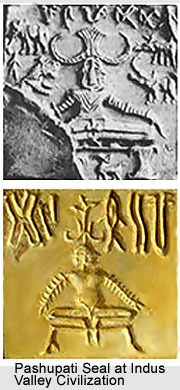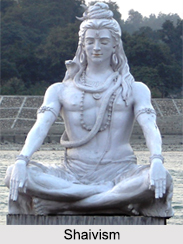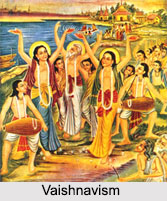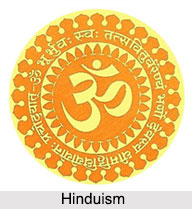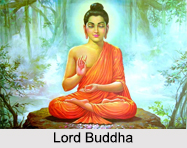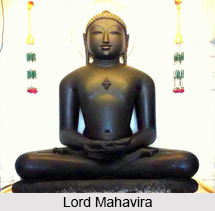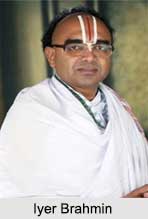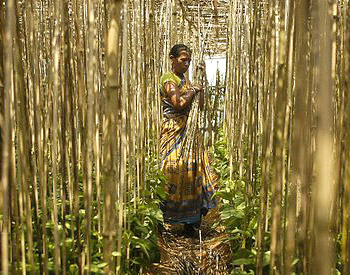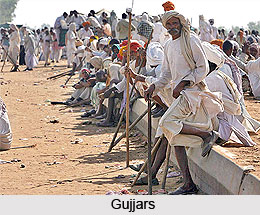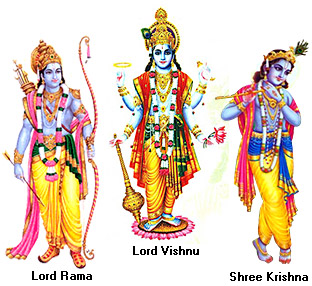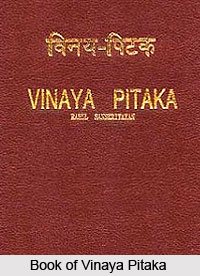 The Vinaya Pitaka is a Buddhist scripture, and is one of the three parts that comprise the Tripitaka. Its principal subject matter is the monastic rules for monks and nuns. The name Vinaya Pitaka (vinayapitaka) is the same in Pli, Sanskrit and other dialects used by early Buddhists in India, and signifies basket of discipline. However, with the passage of time, numerous versions of Vinaya Pitaka were lost, with only six versions making to the present day. And, these are still in use. They include:
The Vinaya Pitaka is a Buddhist scripture, and is one of the three parts that comprise the Tripitaka. Its principal subject matter is the monastic rules for monks and nuns. The name Vinaya Pitaka (vinayapitaka) is the same in Pli, Sanskrit and other dialects used by early Buddhists in India, and signifies basket of discipline. However, with the passage of time, numerous versions of Vinaya Pitaka were lost, with only six versions making to the present day. And, these are still in use. They include:
The Pali version of the Theravada, included in the Pali Canon, translated by I. B. Horner as The Book of the Discipline, 1938-66, 6 volumes, Pali Text Society, Bristol
Suttavibhanga (-vibhanga): commentary on the Patimokkha
Mahavibhanga (maha-) dealing with monks
Bhikkhunivibhanga (bhikkhuna-) dealing with nuns
Khandaka: 22 chapters on various topics
Parivara: examines the rules from various points of view
`Dul-ba, Tibetan translation of the Mulasarvastivada version; this is the interpretation used in the Tibetan tradition
Vinayavastu: 16 skandhakas (khandhakas) and the beginning of the 17th
Pratimokshasutra of monks
Vinayavibhanga of monks
Pratimokshasutra of nuns
Vinayavibhanga of nuns
Vinayakshudrakavastu: remaining of the 17th skandhaka and others
Vinayottaragrantha: appendices, including Upaliparipriccha, which matches with a chapter of the Parivara
Ssa-fen lu (Taisho catalogue number 1428), Chinese translation of the Dharmaguptaka version; this is the version implemented in the Chinese tradition and its derivatives in Korea, Vietnam and the Ritsu school in Japan (most Buddhist clergy in Japan do not abide by the Vinaya, instead following the Mahayana (Bodhisattva) Precepts, a result of the successful Tendai school campaign.)
Bhikshuvibhanga dealing with monks
Bhikshunivibhanga dealing with nuns; translated by Ann Heirman as
Rules for Nuns According to the Dharmaguptakavinaya, Part II, Motilal
Banarsidass, Delhi, 2002
Skandhaka
Samyuktavarga
Vinayaikottara, matching with a chapter of the Parivara
Shih-sung lu (T1435), translation of Sarvastivada version
Bhikshuvibhanga
Skandhaka
Bhikshunivibhanga
Ekottaradharma, similar to Vinayaikottara
Upaliparipriccha
Ubhayatovinaya
Samyukta
Parajikadharma
Sanghavasesha
Kusaladhyaya
Wu-fen lu (T1421), translation of Mahisasaka version
Bhikshuvibhanga
Bhikshunivibhanga
Skandhaka
Mo-ho-seng-ch`i lu (T1425), translation of Mahasanghika version (the nuns` rules have been translated by the late Professor Hirakawa as Monastic Discipline for the Buddhist Nuns, Patna, 1982)
Bhikshuvibhanga
Bhikshunivibhanga
Skandhaka
Additionally, parts of various versions survive in various languages.
Origins of Vinaya Pitaka
Each school traditionally alleged that its own version of the Vinaya was compiled at the First Buddhist Council soon after the Buddha`s death, and recited by Upali (the oldest disciple of Buddha then living), with little later additions. As the versions differ enormously, scholars do not take this literally. However, as the different versions are pretty similar, most scholars consider majority of the Vinaya Pitaka to be reasonably early, i.e., dating from before the separation of schools.
Contents of Vinaya Pitaka
The Pali version of the Patimokkha, the code of conduct that applies to Buddhist monastics, comprises 227 major rules for bhikkhus (Sanskrit, a fully appointed male Buddhist monastic) and 311 major rules for bhikkhunis (Sanskrit, a fully appointed female Buddhist monastic). The Vibhanga sections of Vinaya Pitaka forms a commentary on these rules, contributing extensive explanations of them, along with the origination stories for each rule. The Khandhaka/Skandhaka sections establish several supplementary rules grouped by subject, again with origination stories. The Buddha called his teaching the "Dhamma-Vinaya", accentuating both the philosophical teachings of Buddhism as well as the cultivating in virtue that substantiates that philosophy.
In the compiled Chinese editions of the Scriptures, the Vinaya pitaka signifies a broader sense, including all four Chinese vinayas listed above, parts of others, non-canonical vinaya literature, lay vinaya and bodhisattva vinaya.
